People all like to think of themselves as in control of their decisions and behavior. We believe that we should know why we do what we do. In fact, we always make a decision unconsciously, and then we either use a conscious argument to support that decision or we just act on that decision without even being aware of what’s happening.
“People don’t know what they want until you show it to them.”— Steve Jobs
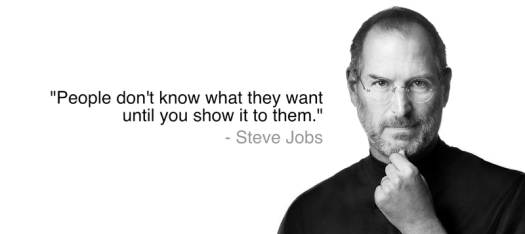
“98% of what the brain does is outside of conscious awareness.” —Michael S. Gazzaniga
In traditional marketing, we conduct market research in an attempt to figure out what customers want and how they think. Based on their responses, we develop our products and marketing strategies to sell. However, conventional research depends on the assumption that people can accurately report their values, needs, and motivations – it’s indeed not very true and even misleading.
Why Neuromarketing Is So Important?
I’m doing marketing for many years and it’s my job to know and understand customers. I think the best way to understand ones’ true thoughts is to look into their brains.
This is why neuromarketing comes out. The term “neuromarketing” was introduced in 2002 by Dutch marketing professor Ale Smidts.
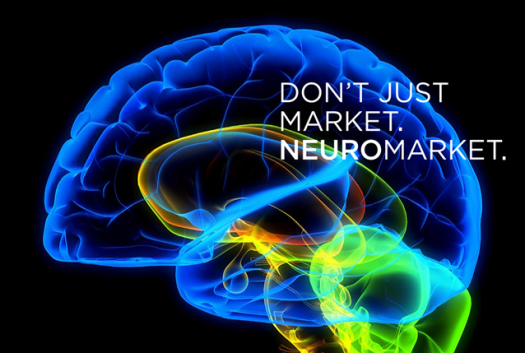
Simply speaking, neuro means our nervous system (or our brain), and marketing is to sell something that customers even don’t need. Neuromarketing is the combination of neuroscience and marketing. It seeks to understand the rationale behind how consumers make purchasing decisions and their responses to marketing stimuli.
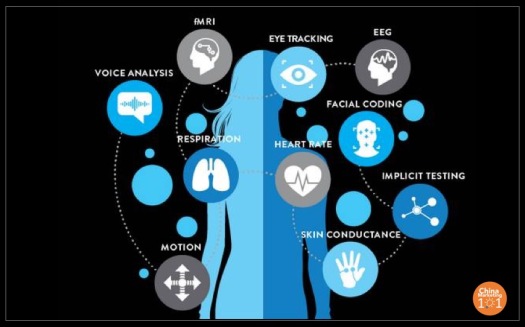
Let’s take a look at the two interesting experiments:
Pepsi Challenge
The “Pepsi vs. Coca-Cola” experiment, in which neuroscientists studied the motivation behind brand preferences, was what first put early neuromarketing in the spotlight.
The experiment showed that Coke tasted better if people knew it was Coke in cued test. However, people preferred Pepsi in blind test. It implies that the preference for Coke is more influenced by the brand image than by the real taste itself.
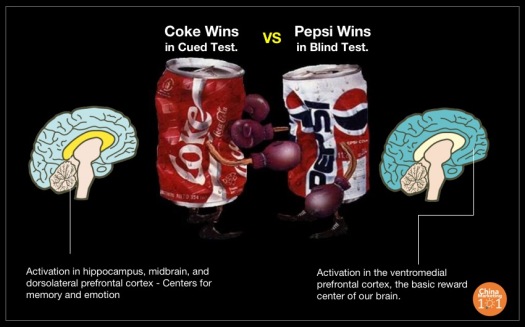
Which Sock Do You Like?
A psychologist showed four similar socks and asked people to choose.
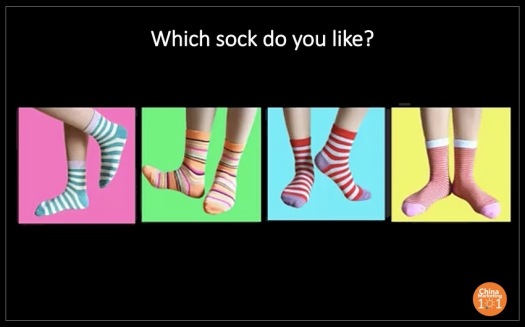
Guess which one most people would choose? Afterwards, the psychologist re-arranged the orders several times and asked again. Surprisingly, the right sock always got the highest preference no matter which sock was put.
This is known as “the invariant right”. Because the majority of us are right-handed, we interact more easily with things on our dominant side. This leads us subconsciously to associate our dominant side with positive emotions and our non-dominant side with negative ones.
There are lots of similar experiments to show that people actually don’t know what they truly want and their behaviors are easily affected by external stimulus and their subconscious mind.
How Are Decisions Made In The Human Brain?
What do we know about our brain? To answer this question, we must first look at the physiological structure of the brain.
Most people tend to think of the brain as one single brain. However, Dr. Paul MacLean came up the idea that humans actually have three brains. Through evolution, the human brain began to evolve and became more complex. A new brain was formed over the older brain until there were three distinct brains, each with its own purpose and functions, aka “the Triune Brain Model”.
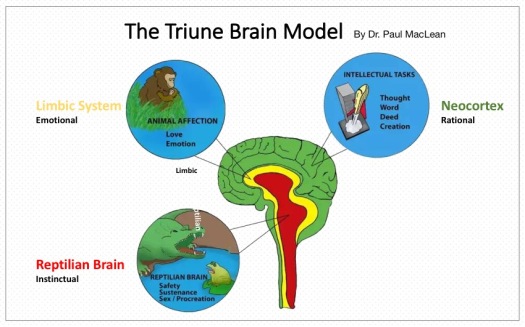
The Reptilian Brain
Reptilian brain is the first and oldest part of your brain which is responsible for survival and instinct such as feeding, breathing, sleeping, mating, and the circulation of blood, etc.
Its primary role is to make sure that you stay alive and spread your genes by mating with others. It closely resembles the brain of modern-day reptiles such as lizards. All vertebrates from reptiles to mammals have one. Your reptilian brain is part of your subconscious mind and it understands only image not language.
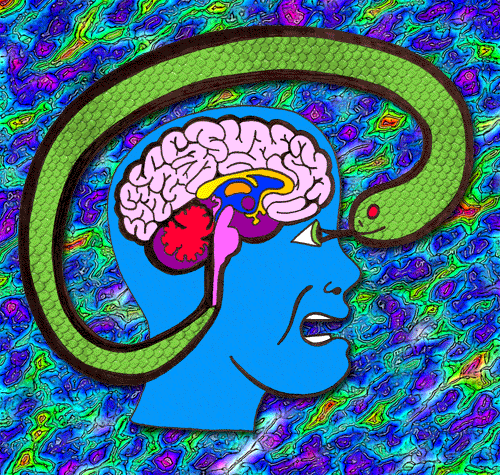
Limbic System (Mammalian or Emotional Brain)
The limbic system is your emotional brain, and it is what controls your emotions. It helps you quickly learn to avoid something painful or to seek something pleasurable.
A part of the limbic system called hippocampus helps us form and retain memories, which is very important for learning and development. The amygdala, also known as emotional sentinel, can even hijack the rational brain and trigger immediate and overwhelming emotional responses. When the amygdala perceives a threat, it can lead that person to react irrationally and destructively. In fact, we are very much controlled by our amygdala.
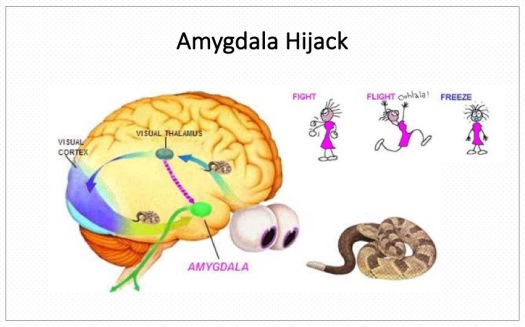
The New Brain (Neocortex or Thinking Brain)
The neocortex is the newest part of your brain, aka the thinking brain. It controls higher level processes such as logic, reasoning, creative thinking, imagination, and language, etc.
The neocortex is the most intelligent and sophisticated part of our brain but it tends to be overpowered by the brains beneath it.
The limbic system controls more of your behavior than you are aware of. After all, most people tend to make decisions based on what they feel rather than what they think.
Our decision making process is driven by emotional unconsciousness and yet this part of the brain only understands image but not language – that’s why you can’t clearly explain your behavior in words, for example:
“Why do I finally buy this expensive car?”

You probably are not aware that your decision to buy this car is actually affected by the show girl who is so sexy and attractive.
The rational and lingual brain, the neocortex, now quickly fills in the answers as to why, and is able to rationalize the decision that has essentially already been made by the other unconscious parts of the brain:
“I bought this car because this brand is the best in performance, fuel economy and safety.”
Marketing To Your Customers’ Brains
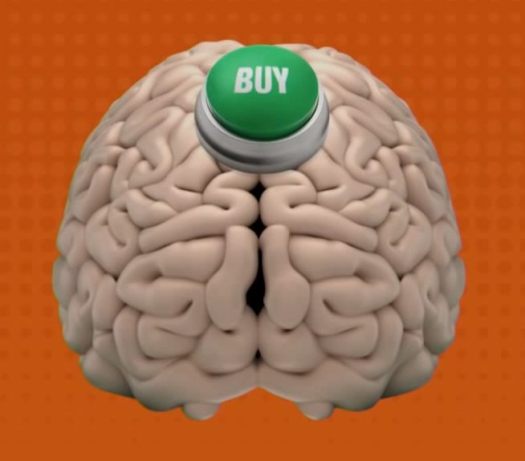
Brain science is incredibly relevant for marketing and branding.
Your brand lives in your consumer’s mind. This is why Coca-Cola tastes better if you know it’s Coca-Cola brand.
Once you know that the true decision-maker is the irrational and emotional brain, you should apply completely different communication tactics for your sales and marketing strategies.
Whether your marketing efforts are effective or not, depending on what emotional factors you are able to bring into play. How well you can activate the amygdala and how much you can inspire your customers to care?
This brand encounter process operates in your consumer’s brains separate from and in advance of any system of language.
It’s also why a good brand presentation and a lived experience is so important to marketing – it makes an indelible mark on your customers’ brain.
Author:
Eddie Hung, China Marketing Strategist | Business Incubator
Further Reading:
Why Is Content Marketing So Important? Here’s What It Needs To Be.
How To Get The Best Out Of Your Influencer Marketing
How Startups Use AARRR to Drive Business Growth
Customer Segmentation by Self-Construct
Make Your Content Go Viral: Insights from Durex China
Reference:
Wikipedia’s Definition of neuromarketing
Vicky Phan (2010). Neuromarketing: Who Decides What You Buy?
David Lewis (2013). The Brain Sell: When Science Meets Shopping.
Elise Zhu article: Hand Model of the Brain
Dr. Paul D. MacLean (1950s), Triune Brain Model
Patrick Renvoise, Is there a buy button inside our brain?



2 Replies to “Unlock The Buy Button Inside Your Customers’ Brains.”